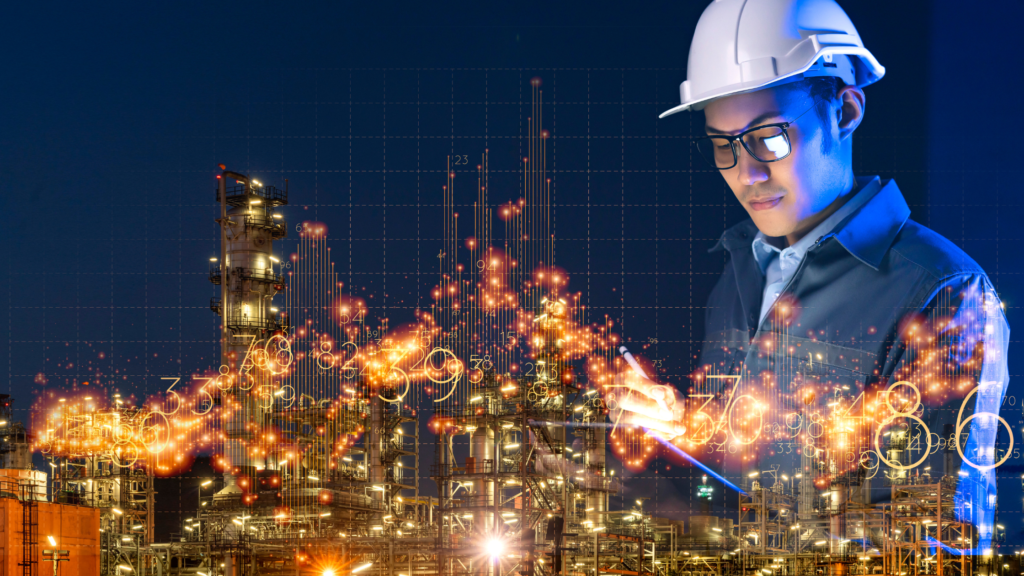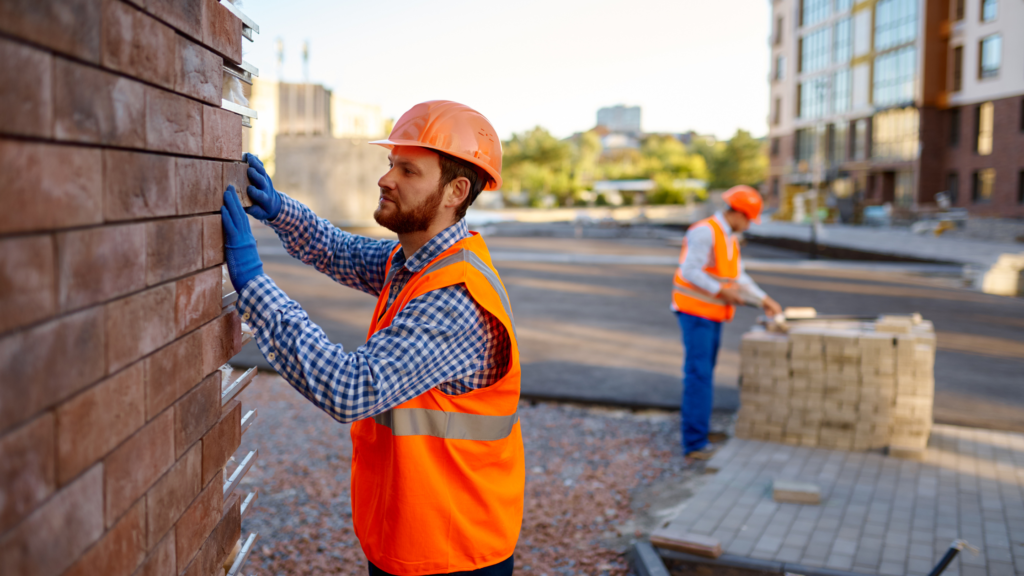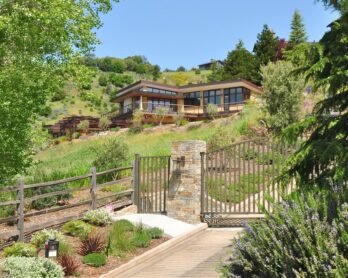
In the realm of construction and design, the quest for sustainable and eco-friendly building materials, including interior cladding suppliers, has gained remarkable momentum. With a growing concern for environmental impact and a desire for energy-efficient solutions, the building industry is turning to sustainable cladding materials. This article delves into the world of sustainable cladding solutions, outlining their benefits and how they contribute to a greener, more sustainable future in Australia.
Introduction: Sustainable Cladding for a Greener Australia
Australia’s construction industry is making significant strides toward sustainability, and one key player in this movement is sustainable cladding. These innovative materials offer an array of benefits that extend beyond environmental concerns. They contribute to the well-being of workers and the surrounding community, making them an essential part of modern construction practices.
What are Sustainable Cladding Solutions?
Before delving into the advantages, let’s establish what sustainable cladding solutions entail. Sustainable cladding materials are designed with eco-friendliness in mind. They are typically sourced and manufactured using renewable or recycled materials, ensuring minimal environmental impact. These materials are used in the construction industry, not only for their aesthetic appeal but also for their sustainable attributes.
Benefits of Sustainable Cladding Solutions

Now, let’s explore the numerous benefits these sustainable cladding solutions bring to the table:
- Environmental Sustainability
Sustainable cladding materials are made from renewable resources or recycled materials, reducing the need for virgin resources. This decreases the carbon footprint of construction projects and helps conserve the environment for future generations.
- Energy Efficiency
The thermal properties of sustainable cladding solutions help regulate indoor temperatures, reducing the reliance on artificial heating and cooling systems. This leads to significant energy savings and lower utility bills for homeowners.
- Aesthetic Appeal
These materials come in a variety of styles, colors, and textures, allowing architects and designers to create visually stunning facades and interiors. It enhances the overall aesthetics of a building.
- Durability
Sustainable cladding materials are designed to withstand harsh weather conditions, ensuring longevity and minimal maintenance. This results in reduced repair and replacement costs.
- Improved Indoor Air Quality
Sustainable cladding materials often have low VOC (Volatile Organic Compound) emissions, which means better indoor air quality, leading to healthier living and working spaces.
- Fire Resistance
Some sustainable cladding materials offer superior fire resistance, ensuring the safety of occupants and reducing the risk of catastrophic fire damage.
- Sound Insulation
These materials can also provide excellent sound insulation, creating a peaceful and comfortable living or working environment.
- Community Benefits
The use of sustainable cladding materials in construction projects positively impacts the local community. It reduces construction-related pollution and noise, creating a more pleasant living environment for neighboring residents.
- Increased Property Value
Homes and buildings constructed with sustainable cladding often have a higher resale value due to their energy efficiency and environmentally friendly features.
- Compliance with Regulations
The Australian government is increasingly focusing on sustainability in construction. Using sustainable cladding materials helps builders meet regulatory requirements and environmental standards.
- Climate Resilience
Australia’s diverse climate, ranging from scorching deserts to tropical rainforests, demands buildings that can withstand extreme weather conditions. Sustainable cladding materials are designed with climate resilience in mind, ensuring that structures remain durable and functional, no matter the environmental challenges.
- Reduced Urban Heat Island Effect
Urban heat islands occur in cities where concrete and asphalt absorb and retain heat, leading to elevated temperatures. Sustainable cladding materials with reflective properties can help mitigate the urban heat island effect, making cities more comfortable and livable.
- Compliance with Green Building Standards
The Green Building Council of Australia (GBCA) and other regulatory bodies have set stringent standards for sustainability in construction. Sustainable cladding materials are instrumental in achieving green building certifications, such as the Green Star rating, making projects more marketable and sustainable.
- Positive Impact on Health and Well-being
Eco-friendly construction materials, including sustainable cladding solutions, contribute to improved occupant health and well-being. Buildings constructed with these materials are more likely to be filled with natural light, have better indoor air quality, and provide a comfortable, aesthetically pleasing environment.
- Supporting Local Industries
The use of sustainable cladding materials supports local manufacturing and production. This not only reduces carbon emissions associated with transportation but also bolsters the Australian economy by creating jobs and fostering innovation in sustainable construction practices.
Conclusion
The benefits of sustainable cladding solutions extend far beyond environmental considerations. They offer a holistic approach to construction, enhancing aesthetics, reducing energy consumption, and improving the overall quality of living and working spaces. As Australia continues to prioritize sustainability, sustainable cladding materials will play a pivotal role in shaping a greener and more eco-conscious future.











